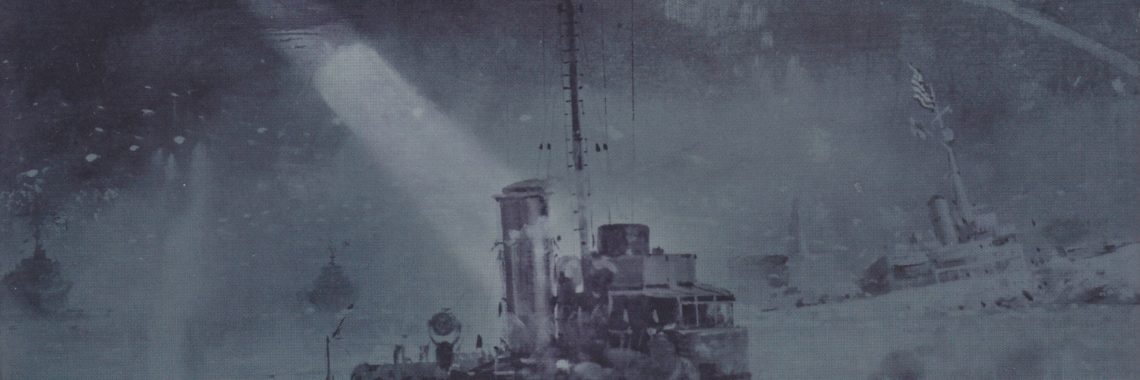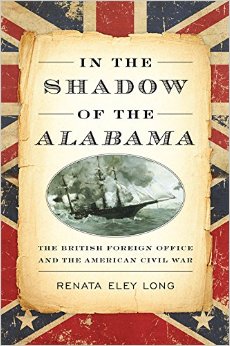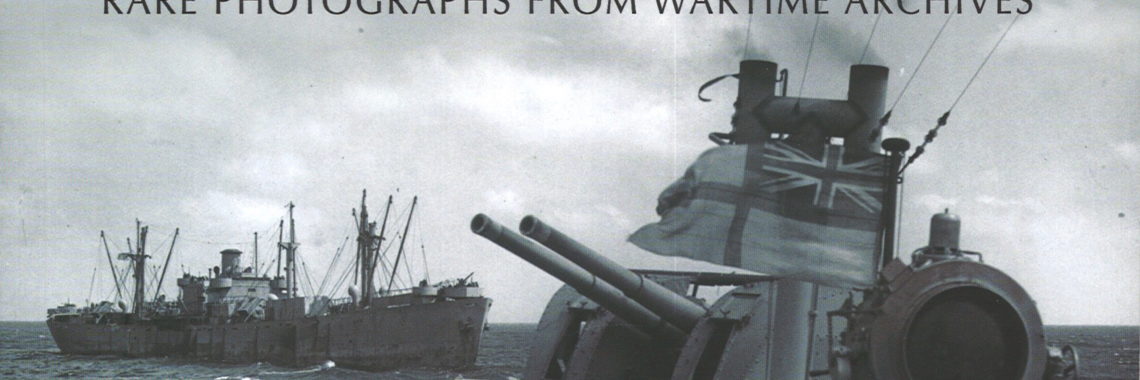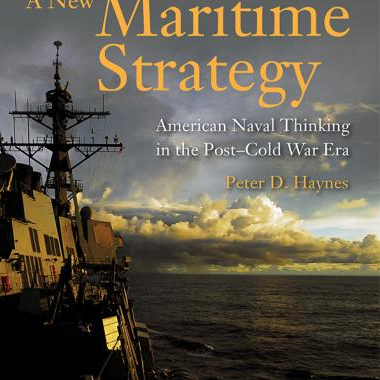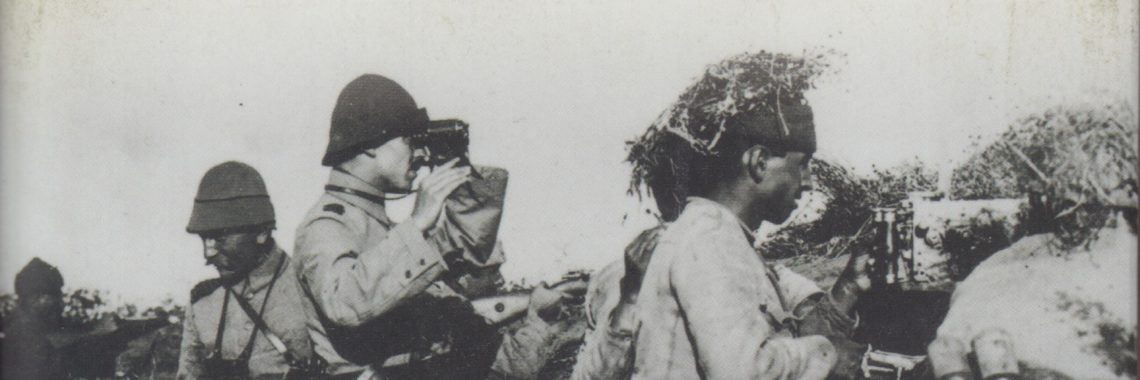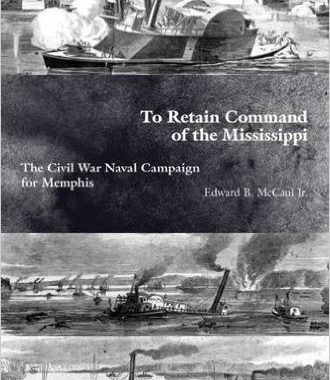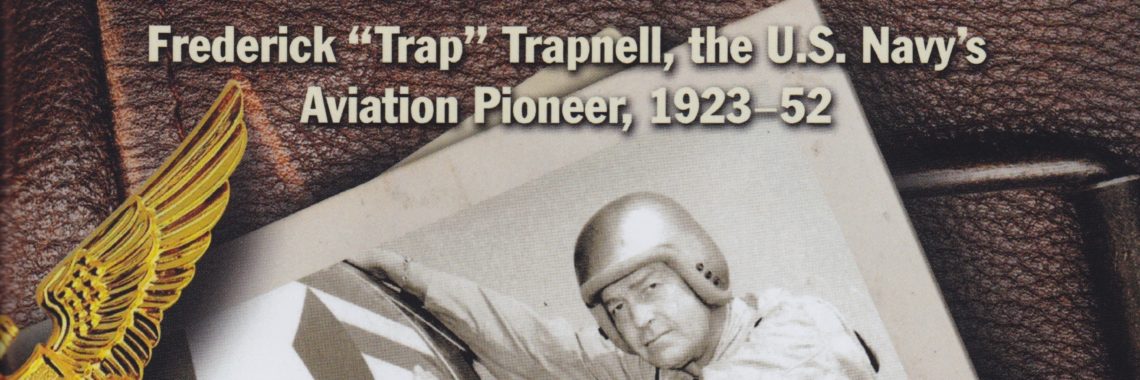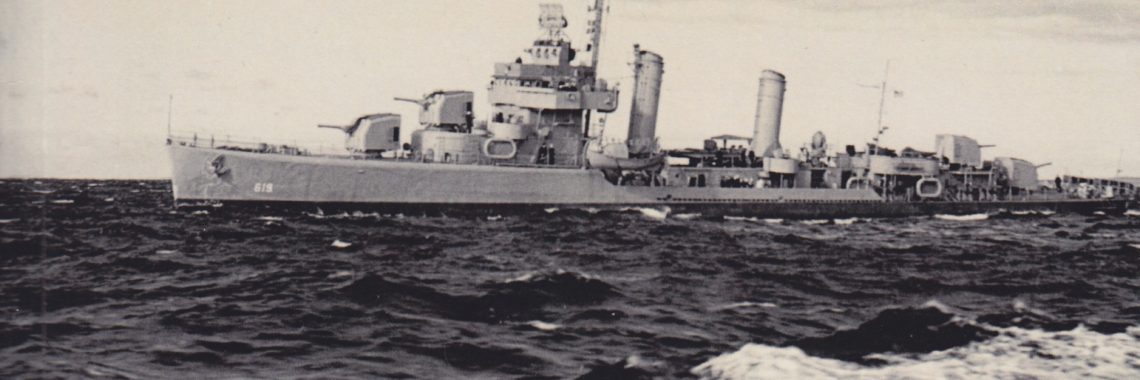BOOK REVIEW – Thomas Jefferson and the Tripoli Pirates: The Forgotten War That Changed American History
By Brian Kilmeade, Sentinel, Random House, New York, NY (2015) Reviewed by Vice Admiral Robert F. Dunn, U.S. Navy (Retired) Written in lively style this book is both informative and a quick read. For most readers of Pull Together it will be a review of episodes in the early Navy, important to the history but



